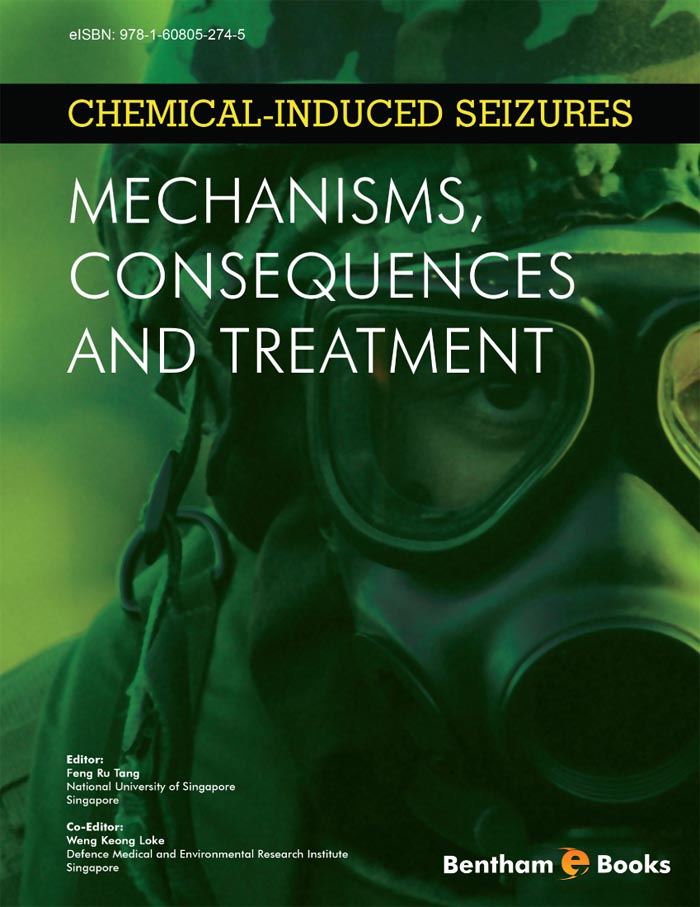Preface
At the turn of the 20th century, following the Tokyo Sarin Subway Attack, the threat of chemical warfare agents has migrated from the battlefield to become a major concern for homeland security in the 21th century. While current fielded antidotes are able to mitigate acute high mortality arising from exposure to nerve agents, achieving effective neuroprotection in subjects with nerve agent induced prolonged seizures or status epilepticus is currently lacking. To overcome this challenge, establishing an improved understanding on the mechanism linking seizure onset during chemical (including nerve agents) poisoning to the subsequent cascade of biochemical, neurotoxicological, pathophysiological, genomic and behavioral changes post exposure is vital. Due to ethical, safety and chemical surety related issues, looking for surrogate chemicals also become important for chemical defense research. In this eBook, internationally well-known clinicians and basic research scientists with expertise on chemical-induced seizures will update readers on the relevant areas. In Chapter 1, Lee and Kales, review the basic principles of seizure generation, relevant microscopic neuroanatomy, neuroelectrophysiology, neurotoxicology and molecular genetics along with specific examples of chemicals known to elicit seizures. In Chapters 2 and 3, Feiner et al. and Dolkart et al. present nerve agent-induced neurological symptoms, diagnosis of nerve agent intoxication, pre-hospital assistance and intra-hospital management of seizures. In Chapter 4, Joosen et al. discuss about specific neuroanatomical routes for soman-induced seizure generation and spreading, neurotoxicology profiles and effects on neurogenesis and cognition. Loke and Ho summarize their research findings in Chapter 5 and suggest that manipulating central a2-adrenergic and cholinergic receptors may produce neuroprotective effects in nerve agent poisoned animals with established status epilepticus. In Chapters 6, 7, 8, seizure models induced by other chemicals are reviewed by Aker et al., Tang et al., Tang and Loke respectively. Tang and Loke systemically compare the mechanisms of seizure generation, the subsequent neuropathological, genomic, and neurobehavioral changes between pilocarpine- and nerve agent-induced seizure models, and suggest that pilocarpine model may be a surrogate model for nerve agent-induced seizures. Doctors (civil and military), paramedics and medical students will find this eBook informative and timely for the current battle against asymmetric terrorist conflicts.
Dr. Feng Ru Tang
Temasek Laboratories
Singapore
Dr. Weng Keong Loke
Defence Medical and Environmental Research Institute
Singapore

